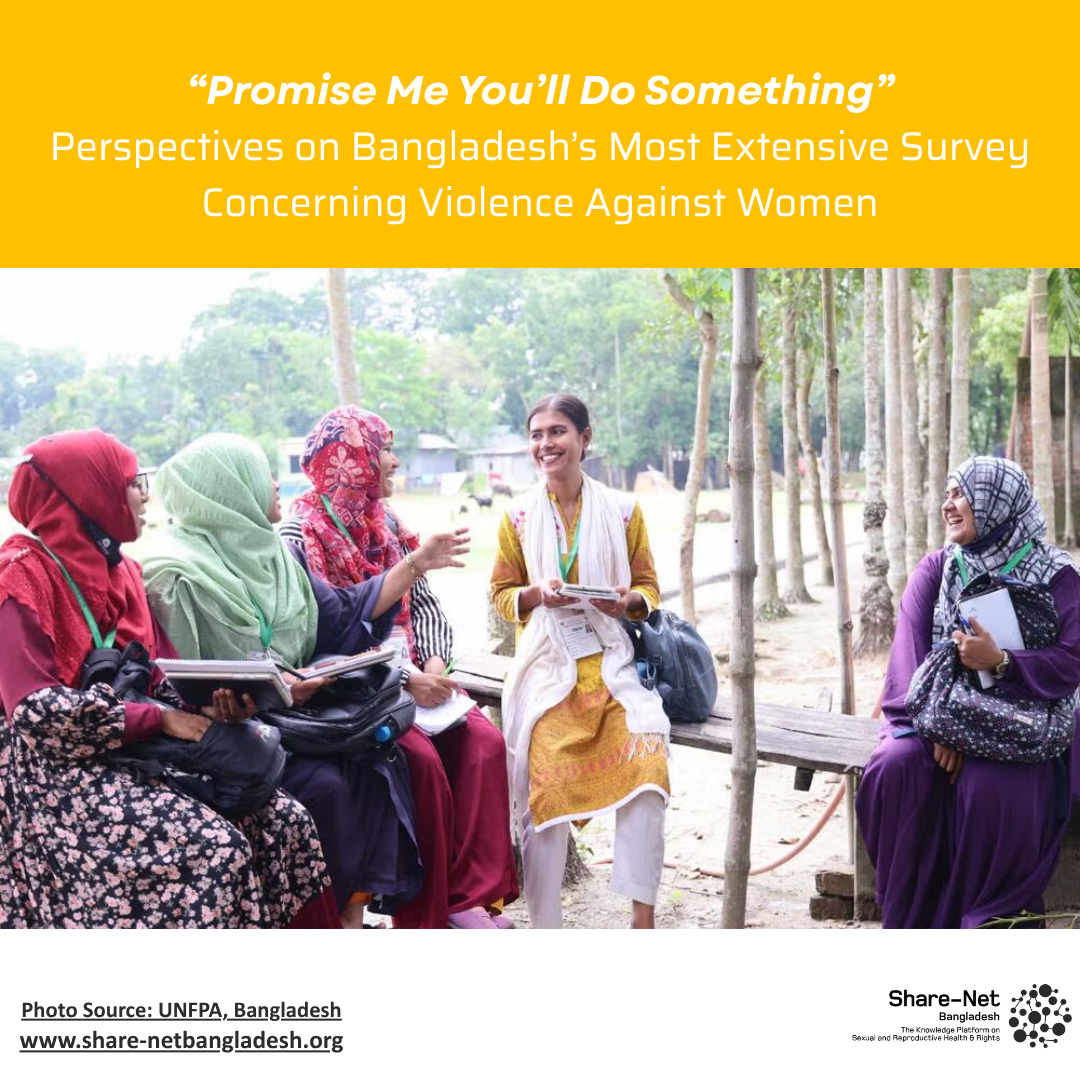“Promise Me You’ll Do Something”: Perspectives on Bangladesh’s Most Extensive Survey Concerning Violence Against Women
The 2024 Violence Against Women Survey has given Bangladesh its clearest picture of the hidden epidemic of domestic violence, but its power lies in how we respond to the women who dared to speak.
Throughout the nation, Tamanna sat on low stools in calm courtyards, posing questions that had substance. As one of the hundred female data collectors for the 2024 Violence Against Women Survey—the largest ever undertaken in Bangladesh and unprecedented for the scope of global coverage, she heard the recurrent question: “You only gather data. But will it effect any change?”
The Bangladesh Bureau of Statistics survey conducted jointly by UNFPA and other global organisations reached a total of 27,055 respondents in the nation. The findings are at once shocking and not surprising at all: seven in ten respondents had at some time in life endured abuse by husbands; a staggering three in nine had endured such abuse in the previous single-year period alone. Even though the lifetime prevalence of physical violence dropped from 28% in 2015 to 15% in 2024, and while sexual violence decreased from 3% to 2% during the same period, the struggles are far from over. A staggering reminder of that argument is how most survivors among ever-married women (64%) did not tell anyone about their experiences of violence, while only 36% came forward to share them.
For Tamanna, each interview was more than just a statistic. A teenager shared in confidence about the beatings she concealed underneath long sleeves. A mom revealed she eavesdropped on her children listening each night as insults were hurled. An elderly widow broke her silence by revealing she had never opened up about her anguish before the tragic day. “The interviews made me think more seriously about my identity as a woman, my place in the world, and the change that we need to bring about,” she would say later. The stories expose more than the persistence of violence; they reveal the silence around it. Few knew about helplines like 999 or 109. Fewer still had sought medical or legal help. For women in disaster-prone regions, the risks were even greater—violence compounded by displacement and uncertainty.
For practitioners in sexual and reproductive health and rights, these realities carry clear implications. Integrating psychosocial counselling into maternal and reproductive care can help women disclose violence safely. Community health workers can play a vital role in sharing information about helplines and referral services, while engaging men and boys in SRHR programs offers a path to challenge harmful norms before violence begins. In flood- or cyclone-prone areas, embedding gender-based violence support into health and emergency preparedness can save lives.
As the statistics get written into policy briefs and reports, Tamanna carries something more personal: the request by the women who had confided in her. “Promise me you’ll do something with my story.” These stories now become a collective request—one that not only begs to be seen and heard but also to have something done about it.
Sources:
1. UNFPA’s website
2. UNFPA’s Facebook page
3. The 2024 Violence Against Women Survey Report

